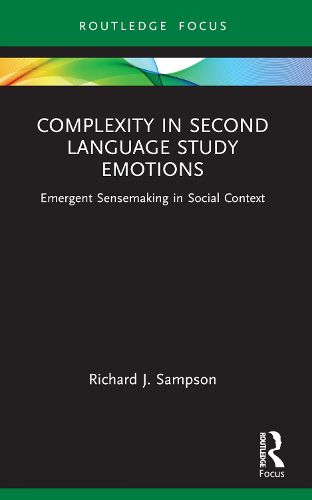Readings Newsletter
Become a Readings Member to make your shopping experience even easier.
Sign in or sign up for free!
You’re not far away from qualifying for FREE standard shipping within Australia
You’ve qualified for FREE standard shipping within Australia
The cart is loading…






This book offers a socially situated view of the emergence of emotionality for additional language (L2) learners in classroom interaction in Japan.
Grounded in a complexity perspective, the author argues that emotions need to be studied as they are dynamically experienced and understood in all of their multidimensional colors by individuals (in interaction). Via practitioner research, Sampson applies a small-lens focus, interweaving experiential and discursive data, offering possibilities for exploring, interpreting and representing the lived experience of L2 study emotions in a more holistic yet detailed, social yet individual fashion. Amidst the currently expanding interest in L2 study emotions, the book presents a strong case for the benefits of locating interpretations of the emergence of L2 study emotions back into situated, dynamic, social context.
Sampson's work will be of interest to students and researchers in second language acquisition and L2 learning psychology.
$9.00 standard shipping within Australia
FREE standard shipping within Australia for orders over $100.00
Express & International shipping calculated at checkout
This book offers a socially situated view of the emergence of emotionality for additional language (L2) learners in classroom interaction in Japan.
Grounded in a complexity perspective, the author argues that emotions need to be studied as they are dynamically experienced and understood in all of their multidimensional colors by individuals (in interaction). Via practitioner research, Sampson applies a small-lens focus, interweaving experiential and discursive data, offering possibilities for exploring, interpreting and representing the lived experience of L2 study emotions in a more holistic yet detailed, social yet individual fashion. Amidst the currently expanding interest in L2 study emotions, the book presents a strong case for the benefits of locating interpretations of the emergence of L2 study emotions back into situated, dynamic, social context.
Sampson's work will be of interest to students and researchers in second language acquisition and L2 learning psychology.